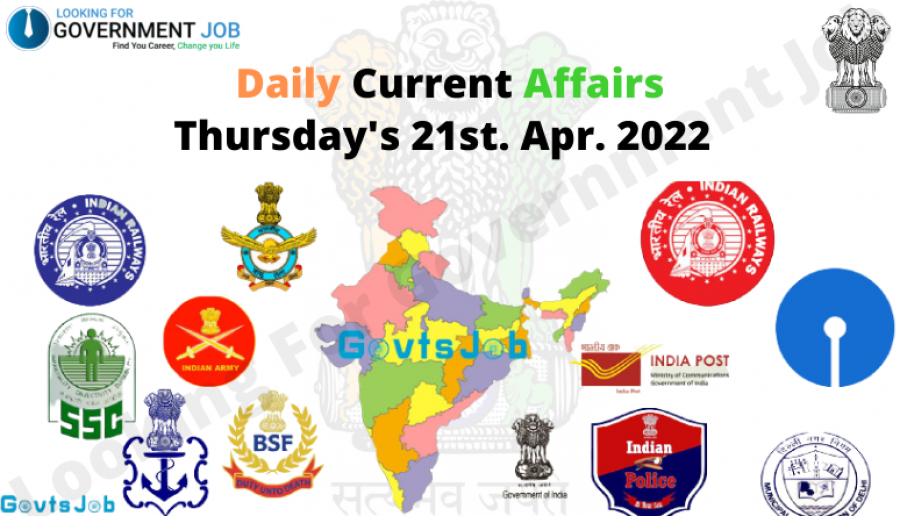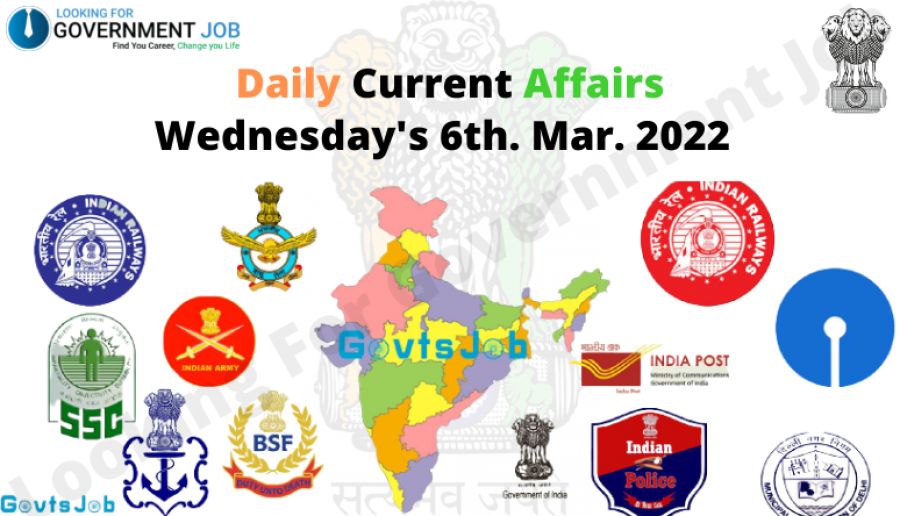- Afghanistan
- Åland Islands
- Albania
- Algeria
- American Samoa
- Andorra
- Angola
- Anguilla
- Antarctica
- Antigua and Barbuda
- Argentina
- Armenia
- Aruba
- Australia
- Austria
- Azerbaijan
- Bahamas
- Bahrain
- Bangladesh
- Barbados
- Belarus
- Belgium
- Belize
- Benin
- Bermuda
- Bhutan
- Bolivia
- Bonaire, Sint Eustatius, and Saba
- Bosnia and Herzegovina
- Botswana
- Bouvet Island
- Brazil
- British Indian Ocean Territory
- British Virgin Islands
- Brunei
- Bulgaria
- Burkina Faso
- Burundi
- Cambodia
- Cameroon
- Canada
- Cape Verde
- Cayman Islands
- Central African Republic
- central square ny
- Chad
- Chile
- China
- Christmas Island
- Cocos [Keeling] Islands
- Colombia
- Comoros
- Cook Islands
- Costa Rica
- Croatia
- Cuba
- Curaçao
- Cyprus
- Czech Republic
- Congo - Kinshasa
- Denmark
- Djibouti
- Dominica
- Dominican Republic
- Timor-Leste
- Ecuador
- Egypt
- El Salvador
- Equatorial Guinea
- Eritrea
- Estonia
- Ethiopia
- Falkland Islands
- Faroe Islands
- Fiji
- Finland
- France
- French Guiana
- French Polynesia
- French Southern Territories
- Gabon
- Gambia
- Georgia
- Germany
- Ghana
- Gibraltar
- Greece
- Greenland
- Grenada
- Guadeloupe
- Guam
- Guatemala
- Guernsey
- Guinea
- Guinea-Bissau
- Guyana
- Haiti
- Heard Island and McDonald Islands
- Honduras
- Hong Kong SAR China
- Hungary
- Iceland
- India
- PAN (Presence Across Nation)
- Indonesia
- Iran
- Iraq
- Ireland
- Isle of Man
- Israel
- Italy
- Côte d’Ivoire
- Jamaica
- Japan
- Jersey
- Jordan
- Kazakhstan
- Kenya
- Kiribati
- Kosovo
- Kuwait
- Kyrgyzstan
- Laos
- Latvia
- Lebanon
- Lesotho
- Liberia
- Libya
- Liechtenstein
- Lithuania
- Luxembourg
- Macau SAR China
- Macedonia
- Madagascar
- Malawi
- Malaysia
- Maldives
- Mali
- Malta
- Marshall Islands
- Martinique
- Mauritania
- Mauritius
- Mayotte
- Mexico
- Micronesia
- Moldova
- Monaco
- Mongolia
- Montenegro
- Montserrat
- Morocco
- Mozambique
- Myanmar [Burma]
- Namibia
- Nauru
- Nepal
- Netherlands
- Netherlands Antilles
- New Caledonia
- New Zealand
- Nicaragua
- Niger
- Nigeria
- Niue
- Norfolk Island
- North Korea
- Northern Mariana Islands
- Norway
- Oman
- Pakistan
- Palau
- Palestinian Territories
- Panama
- Papua New Guinea
- Paraguay
- Peru
- Philippines
- Pitcairn Islands
- Poland
- Portugal
- Puerto Rico
- Qatar
- Congo - Brazzaville
- Réunion
- Romania
- Russia
- Rwanda
- Saint Barthélemy
- Saint Helena
- Saint Kitts and Nevis
- Saint Lucia
- Saint Martin
- Saint Pierre and Miquelon
- Saint Vincent and the Grenadines
- Samoa
- San Marino
- São Tomé and Príncipe
- Saudi Arabia
- Senegal
- Serbia
- Serbia and Montenegro
- Seychelles
- Sierra Leone
- Singapore
- Sint Maarten
- Slovakia
- Slovenia
- Solomon Islands
- Somalia
- South Africa
- South Georgia and the South Sandwich Islands
- South Korea
- South Sudan
- Spain
- Sri Lanka
- Sudan
- Suriname
- Svalbard and Jan Mayen
- Swaziland
- Sweden
- Switzerland
- Syria
- Taiwan
- Tajikistan
- Tanzania
- Thailand
- Togo
- Tokelau
- Tonga
- Trinidad and Tobago
- Tunisia
- Turkey
- Turkmenistan
- Turks and Caicos Islands
- Tuvalu
- U.S. Virgin Islands
- Uganda
- Ukraine
- United Arab Emirates
- United Kingdom
- United States
- U.S. Minor Outlying Islands
- Uruguay
- Uzbekistan
- Vanuatu
- Vatican City
- Venezuela
- Vietnam
- Wallis and Futuna
- Western Sahara
- Yemen
- Zambia
- Zimbabwe
The Indian Railways

The Indian Railways
The Indian Railways (IR) is a statutory body under the Ministry of Railways, Government of India, that governs India's national railway system. It manages the world's fourth-largest railway network by size, with a length of 67,956 km (42,226 mi) as of 31st March 2021. In the financial year ending March 2020, Indian Railways carried 808.6 crores (8.086 billion) passengers and 121.23 crores (1.2123 billion) tonnes of freight. It runs 1 lakh passenger trains daily on long-distance and suburban routes, covering 7,325 stations across India. The most common type of trains, Mail or express trains, run at an average speed of 50.6 km/h (31.4 mph). Suburban EMUs run at an average rate of 37.5 km/h (23.3 mph). Ordinary passenger trains (including mixed) run at an average 33.5 km/h (20.8 mph) speed. Passenger trains have varying maximum rates, with Gatimaan Express running speed of 160 km/h. In the Freight segment, The IR Runs 8,479 Trains Daily. The average rate of freight trains is about 24 km/h. In The IR, The maximum speed of Freight trains varies from 60–75 km/h, depending on their axle load, with 'container special' trains operating at a peak speed of 100 km/h (62 mph). Is.
As of March 2020, the rolling stock of Indian Railways consisted of 2,93,077 freight coaches, 76,608 passenger coaches, and 12,729 locomotives. The IR owns locomotive and coach-production facilities in several locations in All India. Indian Railways had 1.254 million employees as of January 2021, making it the eighth largest employer globally. The government has committed to electrify India's entire rail network by 2023-24 and to become a "net-zero (carbon emission) railway" by 2030.
The first railway proposal for India was made in Madras in 1832.
The country's first transport train, the Red Hill Railway, ran from Red Hills in Madras to the Chintadripet Bridge in 1837. In 1845, the Godavari Dam Construction Railway(GDCR) was built by Cotton at Doleswaram; Rajahmundry is supplies stone for the construction of a dam on the Godavari River. In 1851, the Solani Aqueduct Railway in Roorkee by Proby Kotli transported building materials for an Aqueduct on The Solani River.
In IR, India's first Passenger Train, operated by the Great Indian Peninsula Railway and powered by three steam locomotives (Sahib, Sindh, and Sultan), lasted 34 kilometers (21 mi), carrying 400 people in 14 carriages 1,676 mm (5 ft 6 in) wide. Were—gauge track between Bori Bunder (Mumbai) and Thane on 16th April 1853. The Thane Bridge, India's first railway bridge, was built over the Gulf of Thane when The Mumbai–Thane line was extended to The Kalyan in May 1854. Eastern(ER) India's first passenger train ran 39 km from Howrah to Hooghly near Kolkata on 15th August 1854. In IR, The First Passenger Train in South India ran 97 km from Royapuram-Vyasarpadi (Madras) to Walajabad (Arcote) on 1st July 1856.
On 24th February 1873, a horse-drawn 3.8 km (2.4 mi) tram opened in Calcutta between Sealdah and Armenian Ghat Street. On 9th May 1874, a horse-drawn tramway began operation in Bombay between Colaba and Parel.

 by Admin
by Admin


